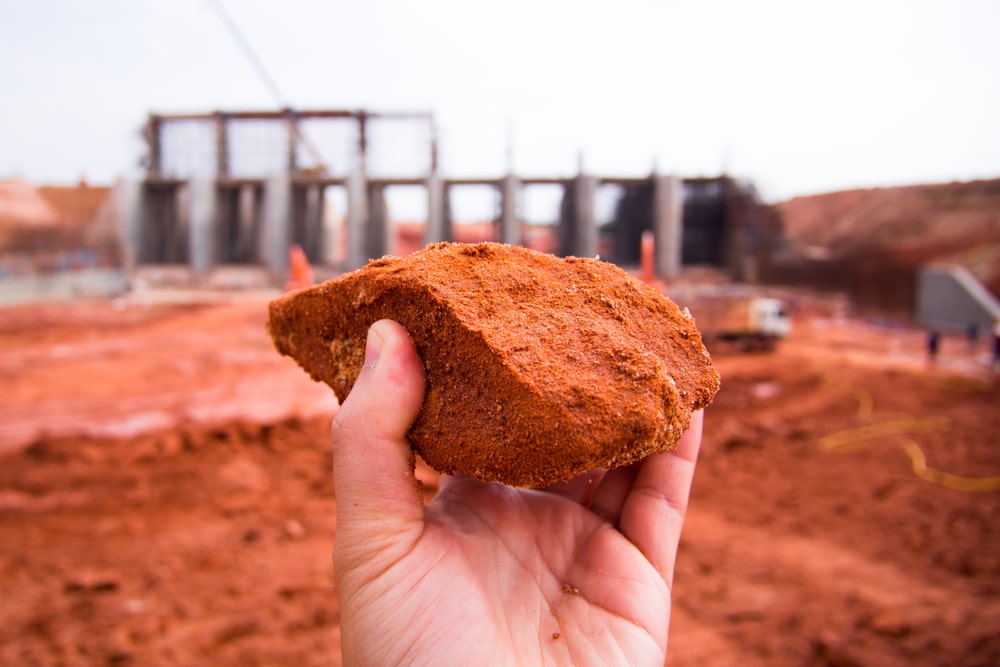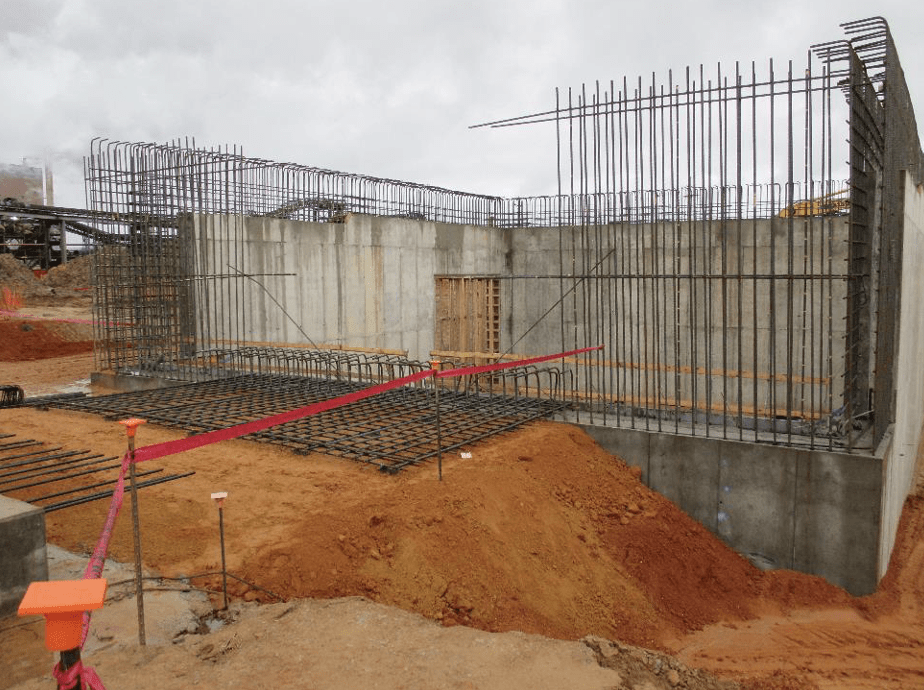Consulting Civil Engineering Companies Offering Geotechnical Solutions
Consulting Civil Engineering Companies Offering Geotechnical Solutions
Blog Article
How Consulting Engineers Enhance Geotechnical Engineering Projects: Insights Into Their Competence, Techniques, and Collaborative Approaches
Consulting engineers are crucial in boosting geotechnical engineering jobs, using their specialized knowledge to browse the complexities of subsurface conditions. Their techniques incorporate a variety of website examination techniques, including Standard Penetration Examinations (SPT) and Cone Penetration Examinations (CPT), which notify vital decisions throughout the style and building stages. In addition, their collective approaches foster interaction amongst varied task stakeholders, ultimately shaping the task's trajectory. As we examine the complex functions these experts play, it ends up being clear that their payments expand past technological experience, prompting a closer look at the implications for job success.
Role of Consulting Engineers
The proficiency of seeking advice from designers in geotechnical design is basic to the effective implementation of building tasks. These specialists play a crucial duty in assessing soil and rock buildings, which are vital elements influencing style and building and construction choices. By conducting thorough website examinations, speaking with engineers collect essential information that notifies the layout process, making certain tasks are improved stable and suitable ground.
Consulting engineers also give indispensable insights right into danger administration (geotechnical geologist). They identify potential geotechnical threats, such as landslides, soil liquefaction, and negotiation concerns, allowing stakeholders to execute reliable mitigation methods. Their proficiency aids in maximizing structure layouts, which can cause considerable cost financial savings and improved security
Moreover, consulting designers serve as a crucial link in between task owners, engineers, and professionals. Their capacity to convert intricate geotechnical data into actionable recommendations cultivates cooperation and helps with educated decision-making throughout the project lifecycle. This multidisciplinary strategy not only enhances job effectiveness yet also makes certain conformity with regulatory standards and best practices.
Trick Methods in Geotechnical Design

One primary methodology is website investigation, which entails carrying out field examinations and lab analyses to gather information on subsurface problems. Techniques such as Criterion Infiltration Testing (SPT) and Cone Penetration Testing (CPT) are commonly used to assess dirt stratigraphy and strength. Furthermore, geophysical approaches, including seismic and electrical resistivity studies, give non-invasive means to assess subsurface characteristics.
One more critical method is mathematical modeling, which allows engineers to mimic various situations and forecast exactly how soil-structure interactions will certainly behave under various loading conditions. Finite Aspect Analysis (FEA) is an usual approach employed in this context.
In addition, the design of foundations, maintaining frameworks, and earthworks relies greatly on these techniques - geotechnical geologist. By integrating advanced analytical devices with area information, speaking with engineers can create customized remedies that resolve specific job obstacles, inevitably adding to the stability and safety and security of building and construction tasks
Importance of Soil Evaluation
Dirt analysis functions as a foundational element in geotechnical design, offering vital understandings right into the physical and chemical properties of dirt necessary for effective building and construction planning. Comprehending dirt characteristics is vital for determining its load-bearing capability, water drainage behavior, and possibility for negotiation or instability. In-depth soil investigations, including tasting and lab testing, aid determine criteria such as soil type, dampness web content, density, and shear toughness.
These analyses notify the choice of proper building techniques and products, inevitably influencing job security and durability. For example, natural dirts might call for different foundation designs contrasted to granular dirts, requiring customized engineering remedies. Soil evaluation help in identifying pollutants that could present threats to human health and wellness or the setting, enabling for the growth of mitigation approaches.
Including soil analysis into the beginning of task growth assists to reduce unexpected challenges, ensuring that designers can anticipate and resolve potential issues before they escalate. By developing a comprehensive understanding of the site problems, consulting designers can maximize style performance and lower prices, therefore boosting the general success of geotechnical engineering projects.
Joint Approaches in Jobs
Successful geotechnical projects often pivot on joint methods that bring with each other varied expertise from different self-controls. Effective partnership among speaking with designers, rock hounds, environmental scientists, and building specialists is crucial for attending to intricate difficulties and enhancing project results. By leveraging the one-of-a-kind skills and understanding of each staff member, jobs can take advantage of a holistic understanding of the website problems, governing demands, and engineering restraints.
Normal interaction and interdisciplinary conferences assist in the sharing of understandings and cultivate a society of team effort. These collective initiatives make it possible for the recognition of possible threats early in the job lifecycle, permitting prompt reduction blog here methods. Integrating comments from stakeholders, consisting of local neighborhoods and governing agencies, ensures that all perspectives are considered, improving project acceptance and compliance.
In addition, the integration of innovative innovations, such as Geographic Details Systems (GIS) you can try this out and Building Info Modeling (BIM), more enhances collaboration. These tools permit for the real-time sharing of data and visualization of geotechnical problems, promoting notified decision-making. Ultimately, a collaborative approach not just enhances task execution but likewise lays the structure for innovative remedies to complex geotechnical engineering difficulties.
Influence On Job Outcomes

Consulting engineers utilize advanced techniques such as risk evaluation and anticipating modeling, which boost the precision of project forecasts. Their capability to integrate innovative technologies, like geotechnical instrumentation and data analytics, better improves the layout and construction procedures. Therefore, jobs experience enhanced effectiveness, reduced prices, and minimized hold-ups.
Additionally, promoting effective communication and partnership amongst group participants enhances analytical capabilities. When challenges occur, a joined front permits swift identification of solutions, avoiding possible troubles. Eventually, the joint efforts of seeking advice from engineers contribute to higher top quality results, making sure that jobs satisfy both regulatory requirements and customer expectations.
Conclusion

Report this page